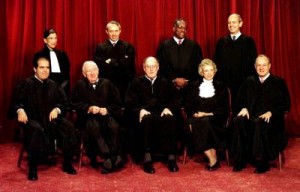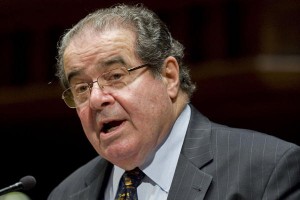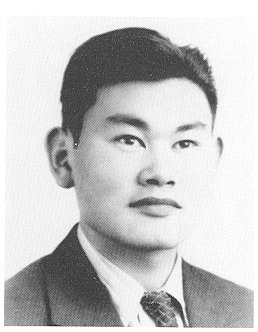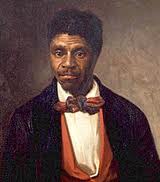In the Election of 2000, Al Gore won the “Popular Vote” 50,999,897 to 50,456,002, 48.38% to 47.87%, by a margin of 543,895, or 0.51% of the vote. However, he lost Florida by 547 votes. Consequently Florida’s 25 Electoral College votes were awarded to Bush and Gore lost the election in the Electoral College 271 to 266 – by five votes. Had he won Florida votes he would also have won the Electoral College Vote, but the Supreme Court intervened, ruled that there was no time for a recount, (see wikipedia entry, here) therefore George W. Bush had won in Florida, and that Mr. Bush, therefore, was elected President by the Electoral College. But what if Gore had won a decisive majority in the Electoral College? What if our elections were determined by the popular vote? What if the election of 2000 had been called for Gore? (Source: Federal Election Commission, FEC, Presidential Election, 2000, Official Results.
What kind of jurists would a President Gore have appointed to the Supreme Court?
Presidents tend to appoint justices who agree with them on political philosophy. Notable exceptions were Warren Burger, appointed by President Eisenhower, and David Souter, appointed by President G. H. W. Bush.
George W Bush appointed Samuel Alito and John Roberts, to the Supreme Court. These men typically join with Anthony Kennedy, Antonin Scalia, and Clarence Thomas, and they typically find in favor of corporations and the government rather than individual citizens.
Bill Clinton appointed Ruth Bader Ginsburg and Stephen Breyer. They typically find in favor over individuals rather than corporations or the government. Barack Obama appointed Elena Kagan and Sonia Sotomayor, who typically agree with Breyer and Ginsburg. Ginsburg, Breyer, Kagan and Sotomayor have occasionally forged majorities with Kennedy and Roberts.
As President, Al Gore would have probably have appointed jurists like Kagan and Sotomayor who tend to find in agreement with Ginsburg and Breyer. He might have appointed Bill Clinton to the Supreme Court. He probably would have appointed justices with a comprehensive understanding of environmental law and the reasons why we need tough protections on the environment.
We saw these patterns in the decisions on Citizens United and Florence v Burlington, described by me as “Landmark Mistakes of the Supreme Court” (here). These were decided by Chief Justice Roberts, and Associate Justices Alito, Kennedy, Scalia and Thomas in the majority and Associate Justices Breyer, Ginsburg, Kagan and Sotomayor in the minority. The decision on the Affordable Care Act, aka “Obamacare,” was made by Chief Justice Roberts, with Breyer, Ginsburg, Kagan, and Sotomayor.
Justices appointed by a President Gore would probably have found in favor of Albert Florence, in Florence v Burlington, that the Fourth Amendment should be understood to bar strip-searches of people arrested for minor offenses not involving drugs or violence, unless officials had a reasonable suspicion that they were carrying contraband. In Citizens United, they probably would have found that citizens and groups may not spend unlimited amounts of money to influence the outcome of elections.
The practical implications those rulings – that police, after reading an apprehended suspect his or her rights in accord with the Miranda decision, can strip-search him or her, and that anyone and corporations can spend unlimited amounts to influence the outcome of elections, suggest that the (human) Citizens of the Republic would be better served with one or two more Justices who would tend to rule in favor of the rights and liberties of (human) citizens rather than the powers of corporations and the state.
In the recent decision on the Affordable Care Act, aka, “ObamaCare” judges appointed by a President Gore might have found, like Chief Justice Roberts, the law Constitutional under the taxing provision of the Constitution. On the other hand, they might have ruled that the laws establishing Medicare for Seniors, Medicaid for the poor, and the Veterans Health Administration must be expanded, because they are discriminatory against non-veterans who do not qualify for Medicare and Medicaid, and that these programs must be combined to create a “Citizens Health Administration” or “Medicare for All,” which would guarantee all Americans access to basic medical care.
–
Neither Presidents Clinton, Bush, or Obama, or any of the Justices of the U.S. Supreme Court were reached in the preparation of this post. Observations by current or former Presidents, Justices of the Supreme Court or justices in other courts would be welcome.
–
As an analyst with Popular Logistics, I am available for research and analysis on a per project or a per diem basis. I can be reached at ‘L Furman 97” @ G Mail . com.
–



